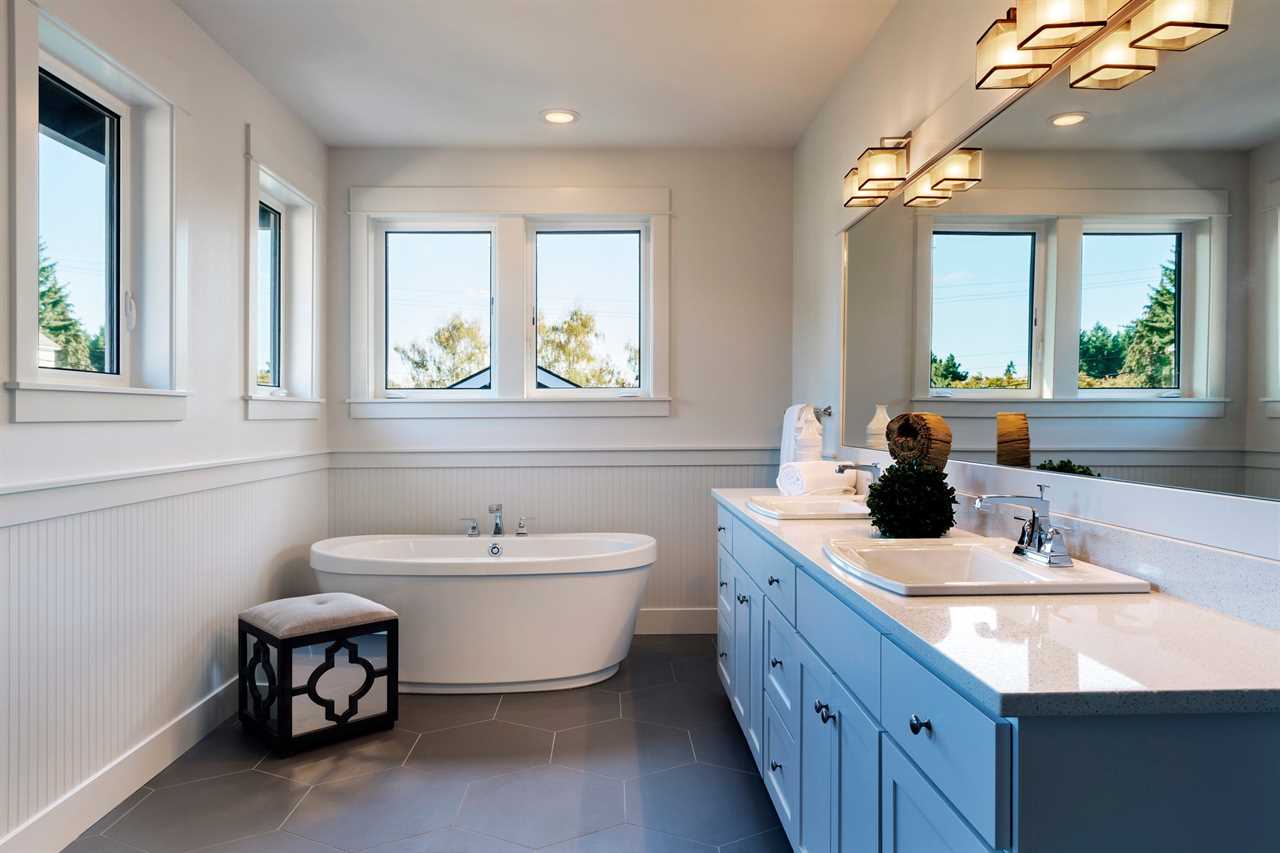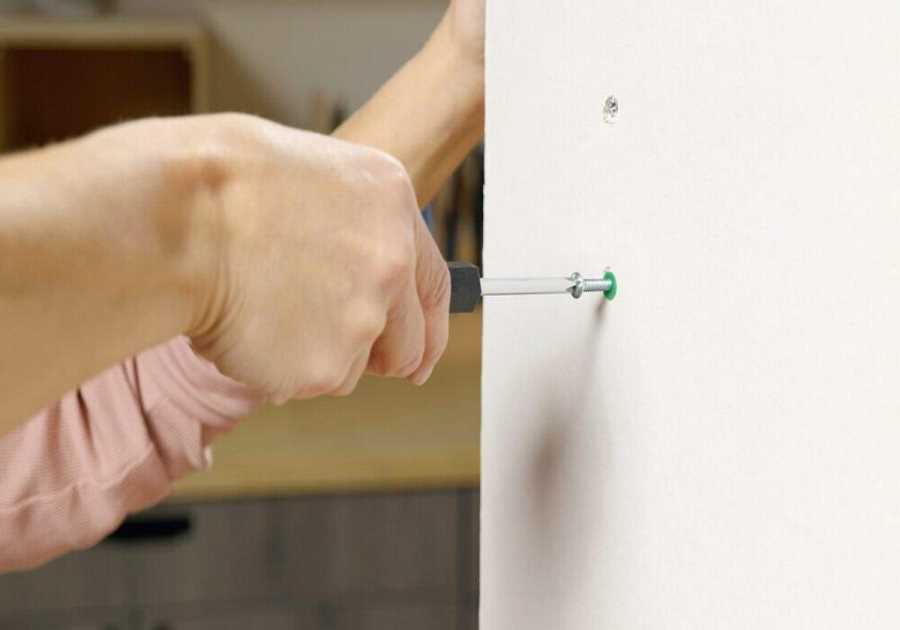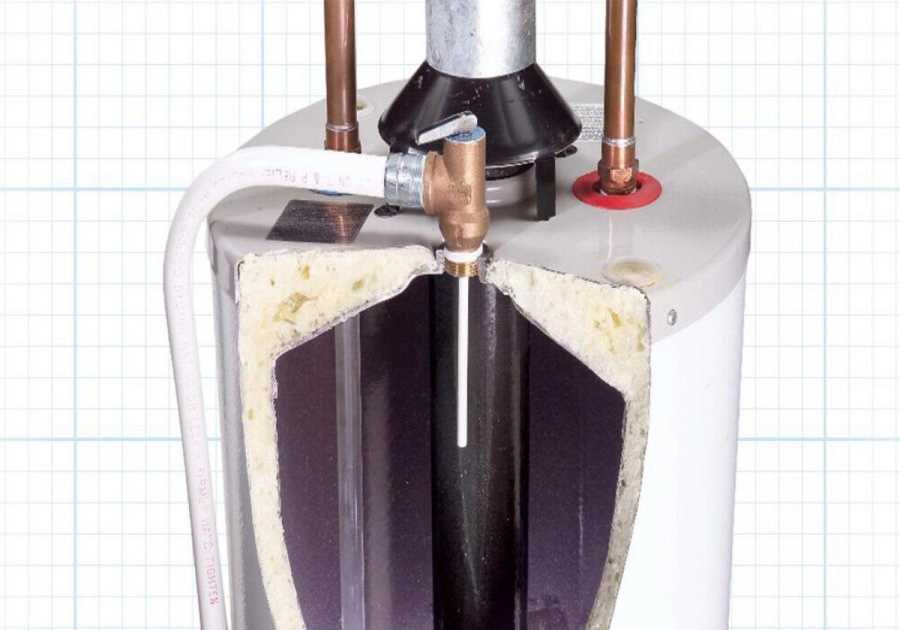Beadboard is an undeniable classic when it comes to wall coverings. But is it suitable for the bathroom? My friend and seasoned DIYer Karee Blunt says, “When we bought our house nine years ago, it needed a major overhaul, including all three bathrooms. We chose to use beadboard in all of them, using a classic rule of thirds and accenting with paint above the boarding. It was easy to install ourselves and not only does it look fantastic, it has held up beautifully!”
For those unfamiliar, beadboard is a type of wall paneling characterized by its distinctive vertical grooves, or “beads.” This design adds depth and texture to a wall, rendering a visually appealing and cozy aesthetic.
Is All Beadboard Made of Wood?
No!
While traditional beadboard is made of wood or wood products, like medium density fiberboard (MDF), today there are options. Manufacturers offer PVC and vinyl beadboard, and both are excellent alternatives for areas prone to moisture and humidity.
For those partial to the authentic wood beadboard, several types of woods are commonly used, including pine, oak and cedar.
Can Beadboard Be Used in the Bathroom?
It depends.
Traditional wood beadboard, while rich in character, isn’t an ideal choice for bathrooms due to its susceptibility to moisture damage. However, if the bathroom doesn’t have a shower or tub, and you’re willing to commit to regular maintenance, it can work. Sealing the wood can help, but it’s not a foolproof solution.
On the other hand, PVC and vinyl beadboard are excellent choices for bathrooms. These materials are inherently resistant to moisture, making them well-suited for wet environments. However, even these materials might not be the best choice for a fully wet room like a walk-in shower, where constant water exposure might degrade them over time.
“Beadboards are versatile and are definitely great options for bathrooms,” says Anthony Picazzo of Picazzo Painting Corp. “In fact, we’ve installed quite a lot of beadboards in bathrooms over the years. This is because beadboards are really affordable, but can be an elegant way to upgrade a bathroom’s look.”
Picazzo continues, “Remember that in the tub/shower area of a bathroom, nothing short of materials that are impervious to moisture should be used. No matter how advanced today’s protective coatings technology is, dampness has never been a friend of paint and wood. If you plan on using beadboard in a damp area in your bathroom, you’ll need to use a moisture-resistant variety, such as PVC. PVC beadboards are inherently waterproof.”
Alternatives to Beadboard in the Bathroom

If your heart was set on the look of traditional beadboard but you’re now reconsidering due to its challenges, there are options.
Ceramic and porcelain tile, for instance, can be installed with a beadboard pattern. There are different types of tiles, and many are excellent choices for bathrooms because they’re water-resistant, easy to clean, and available in numerous styles.
You can also install wall panels in the bathroom. Fiberglass and acrylic wall panels are viable alternatives to beadboard. These materials are also moisture-resistant and come in various designs. You can even choose wall panels that mimic the look of beadboard.
Finally, consider vinyl wall panels. Like PVC and vinyl beadboard, these panels can withstand the moisture levels in a bathroom, and many options replicate the beadboard aesthetic.
Did you miss our previous article...
https://rsssuperfeeds.com/life-hacks/the-8-best-travel-tumblers-tested-and-reviewed






